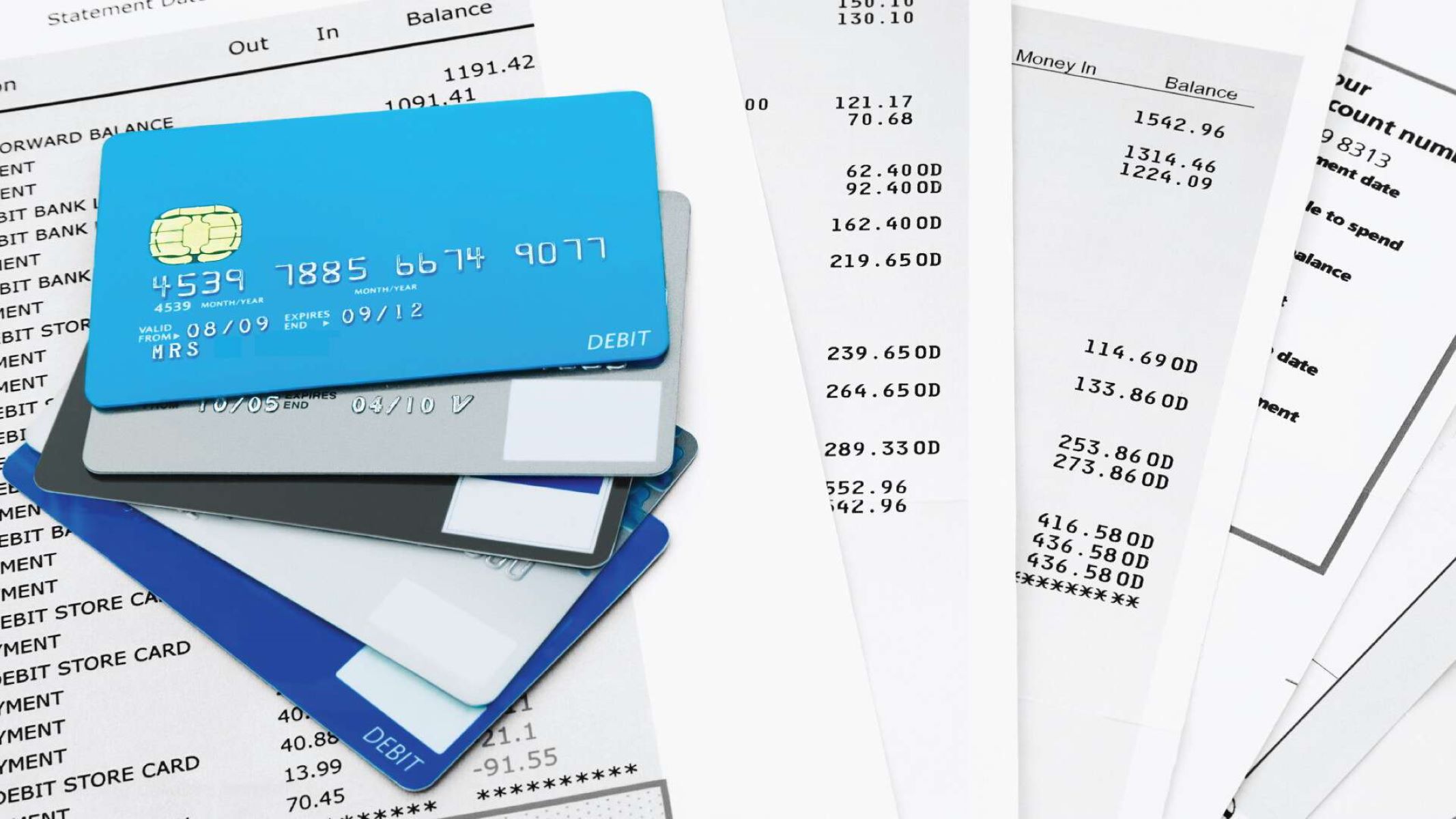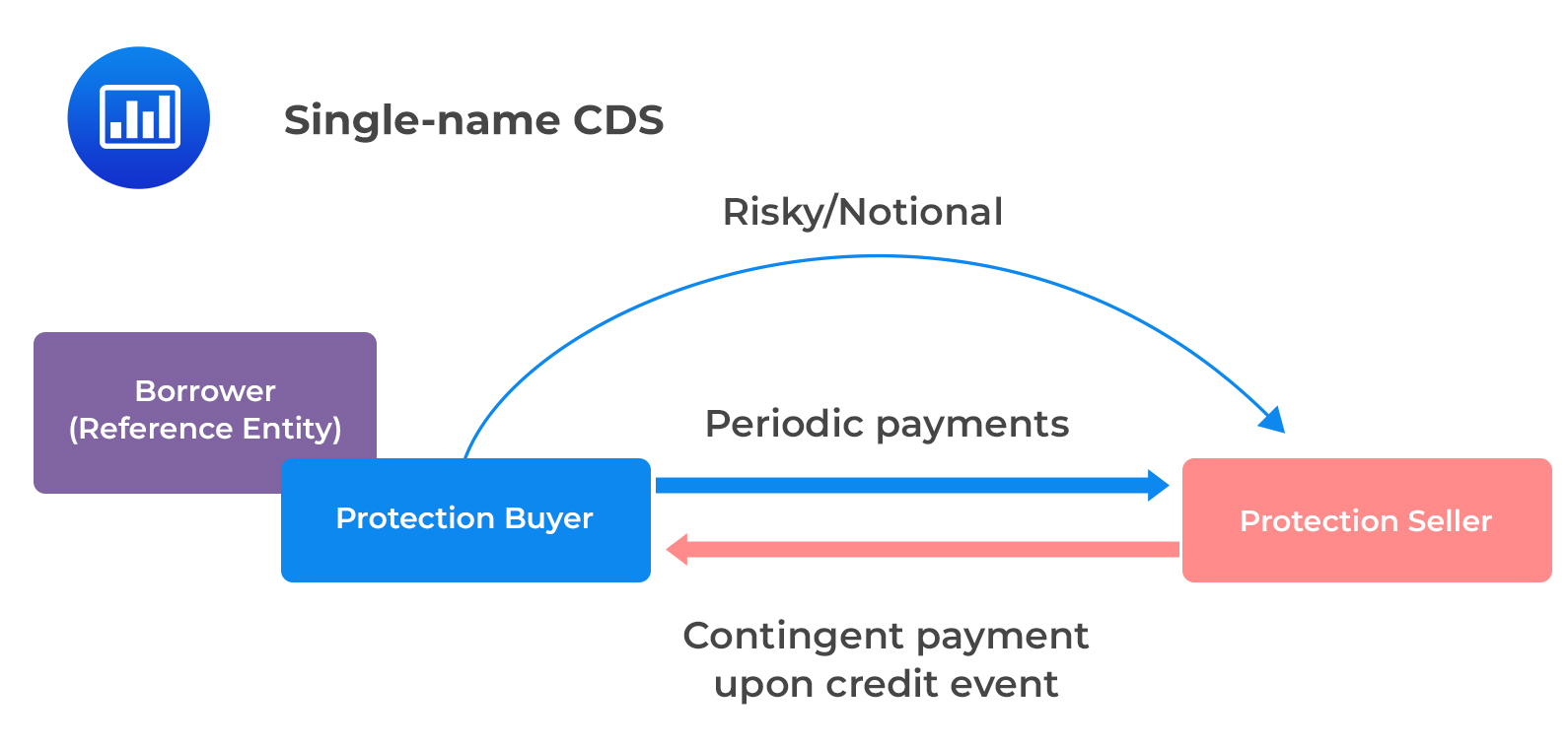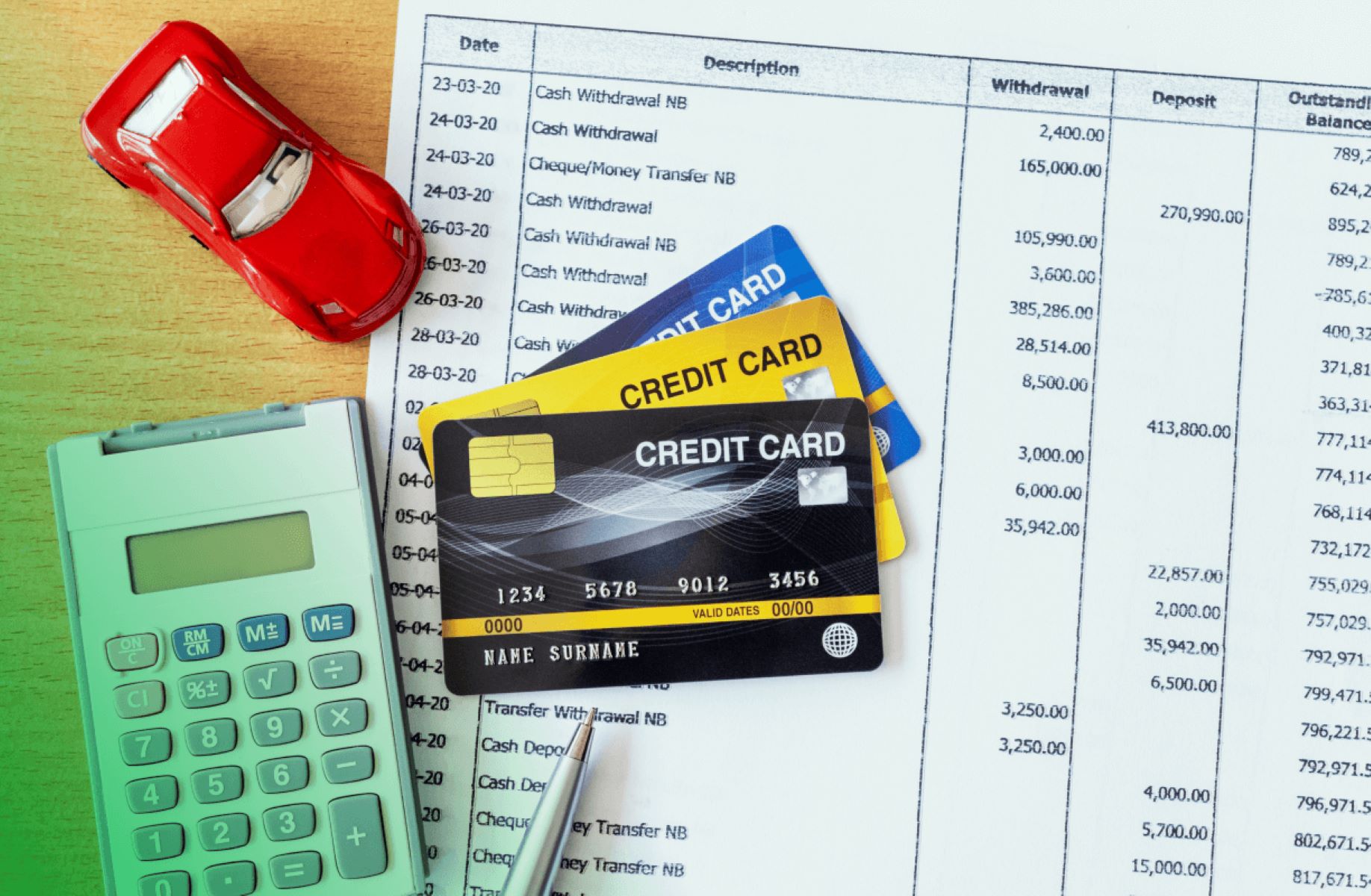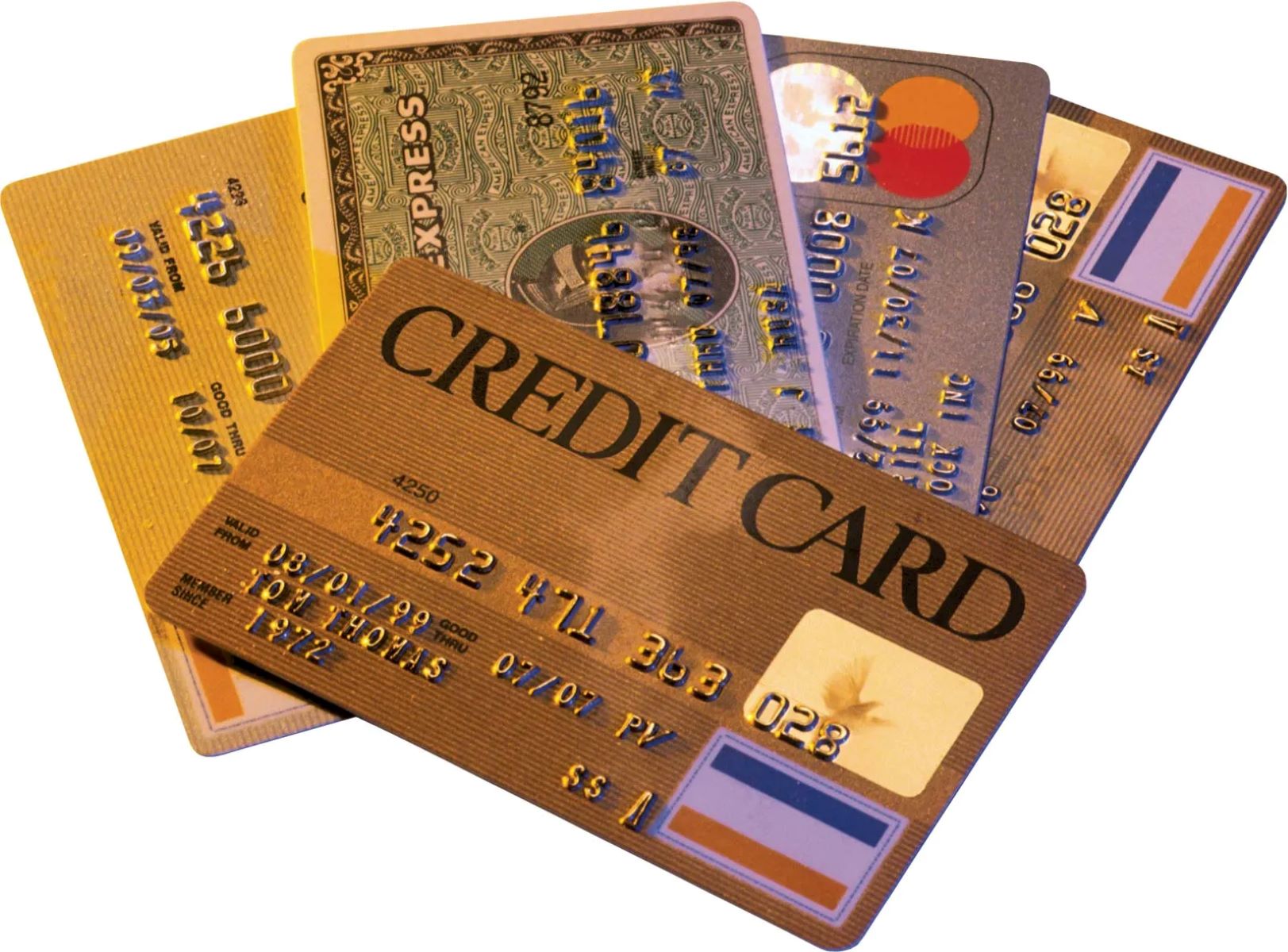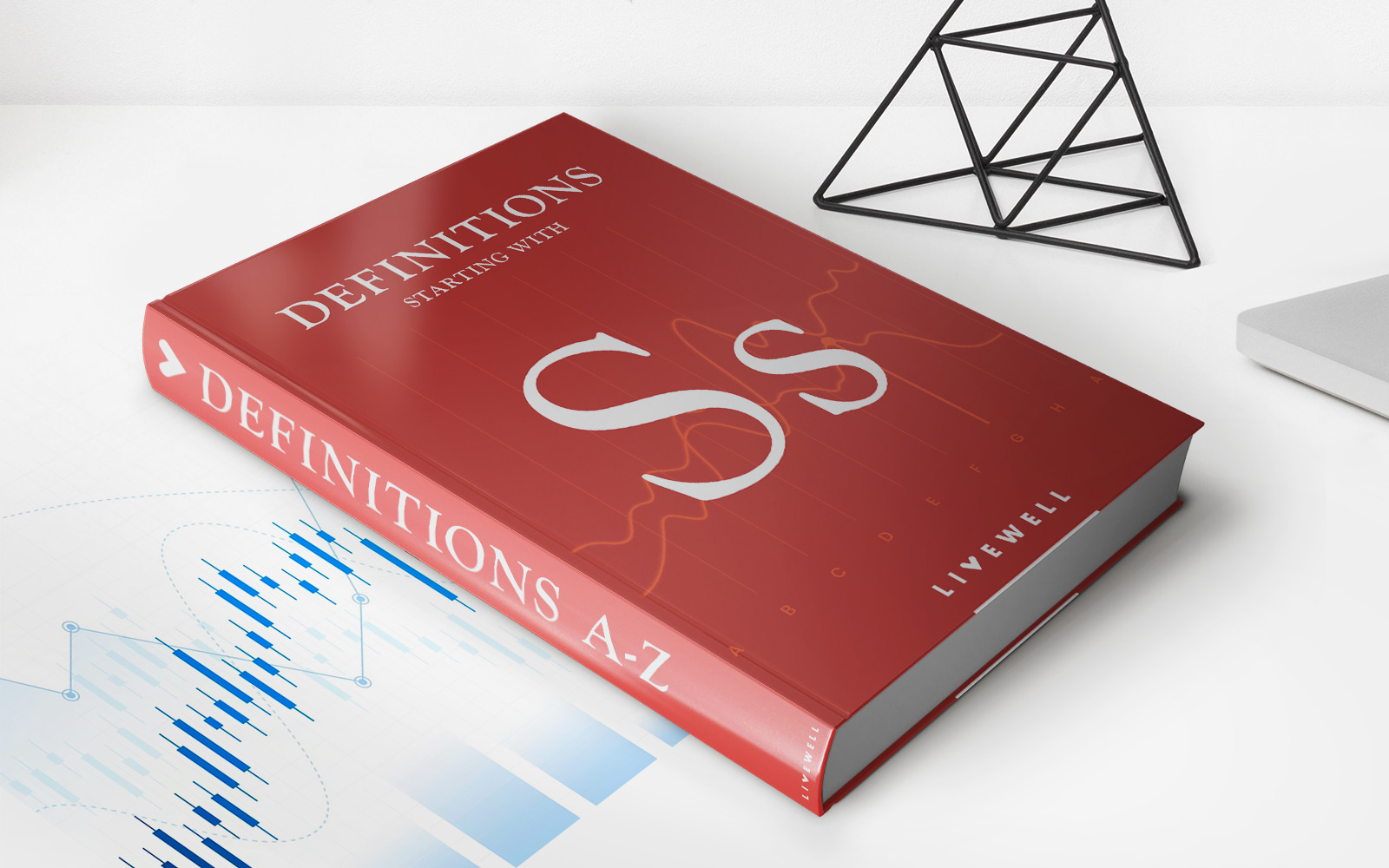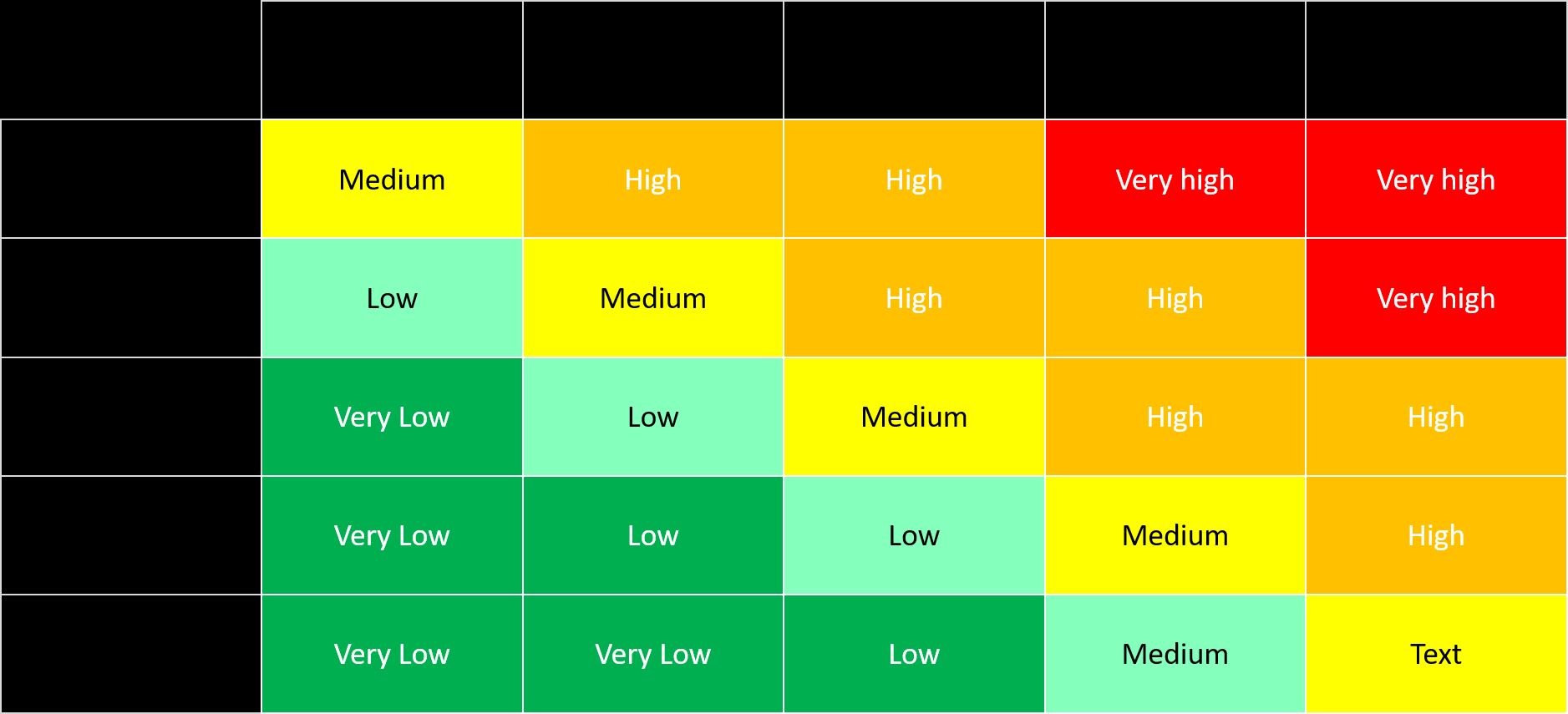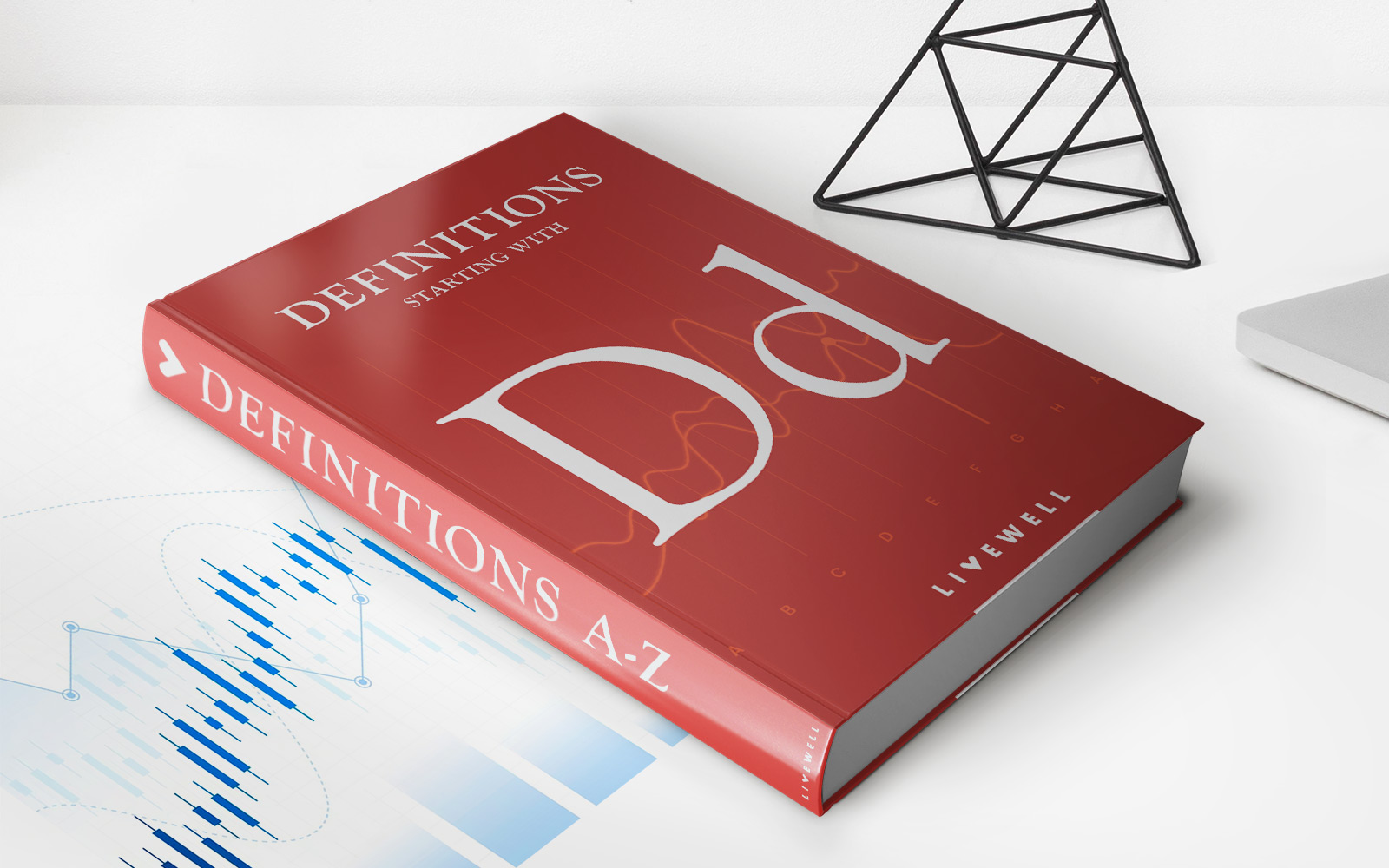Home>Finance>What If Opening Date On Credit Default Is Wrong
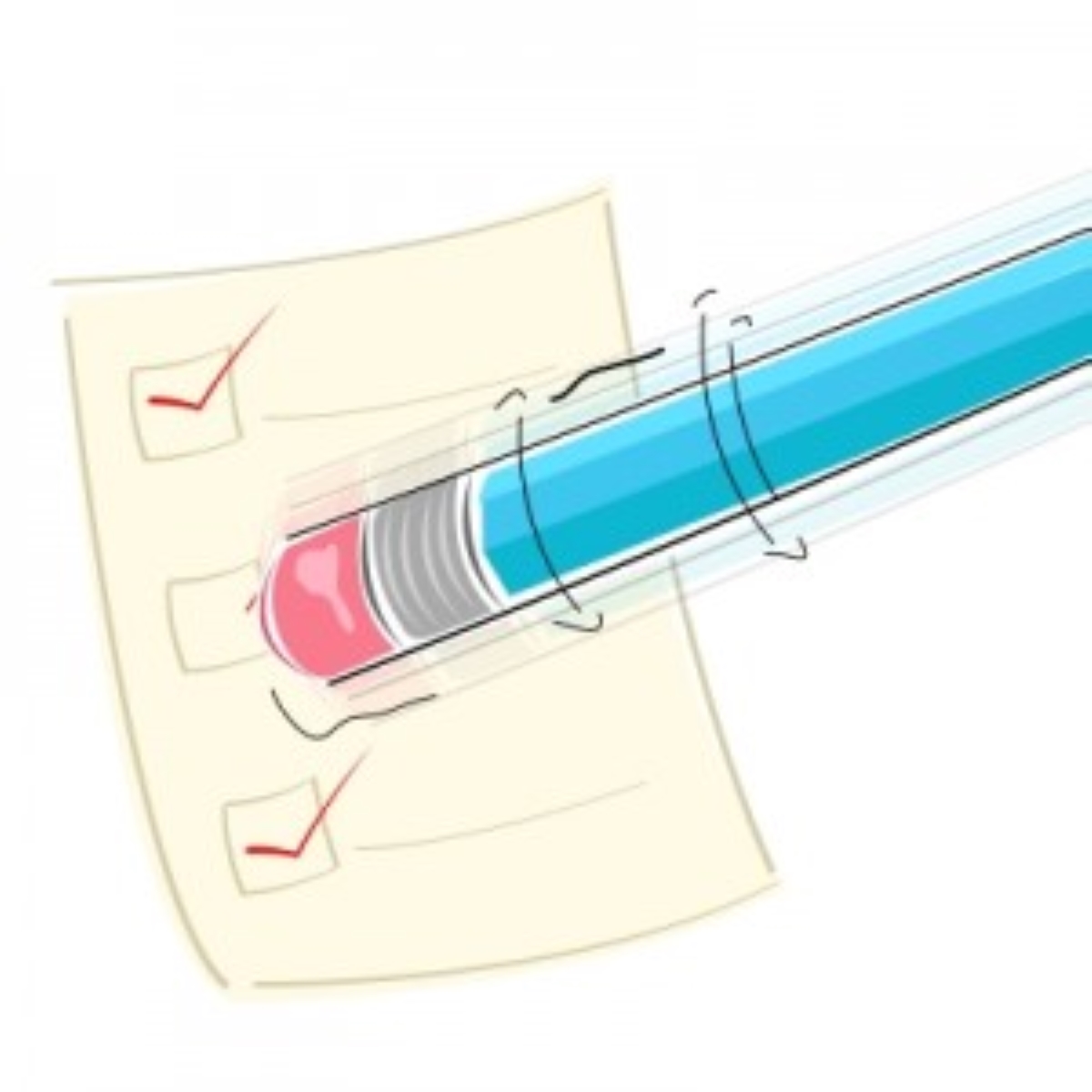

Finance
What If Opening Date On Credit Default Is Wrong
Published: March 4, 2024
Discover the impact of incorrect opening dates on credit defaults in the finance industry. Learn how to avoid potential pitfalls and ensure accurate reporting.
(Many of the links in this article redirect to a specific reviewed product. Your purchase of these products through affiliate links helps to generate commission for LiveWell, at no extra cost. Learn more)
Table of Contents
The Importance of Accurate Opening Date on Credit Default
The opening date on a credit default is a critical piece of information that holds immense significance in the realm of finance. When a borrower defaults on a loan or credit card payment, the opening date marks the initiation of the delinquency, serving as a pivotal reference point for lenders, credit bureaus, and the affected individuals or businesses.
Introduction
The opening date on a credit default is a crucial element in the world of finance. It serves as a reference point that marks the beginning of a borrower's delinquency on a loan or credit card payment. This date holds significant importance for lenders, credit bureaus, and the parties involved in the credit agreement. Ensuring the accuracy of this date is paramount, as it directly impacts credit reporting, financial assessments, and the overall creditworthiness of individuals and businesses.
In the following sections, we will delve into the intricate details of the opening date on credit defaults, exploring its profound implications and the potential consequences of inaccuracies. Furthermore, we will elucidate the methods for verifying and rectifying any discrepancies related to the opening date, empowering individuals and organizations to navigate the complexities of credit default with confidence and precision.
The Importance of Accurate Opening Date on Credit Default
The opening date on a credit default is a critical piece of information that holds immense significance in the realm of finance. When a borrower defaults on a loan or credit card payment, the opening date marks the initiation of the delinquency, serving as a pivotal reference point for lenders, credit bureaus, and the affected individuals or businesses.
From a lender’s perspective, the opening date on a credit default is instrumental in assessing the borrower’s repayment behavior and determining the appropriate course of action. It provides a clear starting point for evaluating the duration of the delinquency and plays a key role in formulating strategies for debt recovery or mitigation of potential losses.
For credit bureaus, the accuracy of the opening date is paramount as it directly influences the credit history and credit score of the individual or business involved. A precise opening date ensures that the delinquency is duly recorded and reflects the actual timeline of the default, enabling a comprehensive and accurate portrayal of the borrower’s creditworthiness.
On the borrower’s side, understanding the significance of the opening date is essential for navigating the repercussions of a credit default. It serves as a reference point for initiating efforts to rectify the delinquency, negotiate with lenders, or seek professional assistance in addressing the financial challenges at hand.
Furthermore, the opening date on a credit default can have far-reaching implications for future credit applications, loan approvals, and overall financial stability. Its accuracy directly influences the duration of adverse information on the credit report, thereby impacting the timelines for potential credit rehabilitation and the ability to demonstrate improved financial responsibility.
In essence, the importance of an accurate opening date on a credit default cannot be overstated. It forms the cornerstone of credit assessment, risk management, and financial decision-making for all parties involved. As we delve deeper into the intricacies of credit defaults, it becomes evident that ensuring the precision of the opening date is fundamental to maintaining transparency, fairness, and reliability within the financial ecosystem.
Consequences of a Wrong Opening Date on Credit Default
The ramifications of an incorrect opening date on a credit default can reverberate throughout the financial landscape, impacting lenders, borrowers, and credit reporting entities. Inaccuracies in the opening date can lead to distorted assessments of creditworthiness, flawed debt recovery processes, and prolonged adverse effects on individuals and businesses.
For borrowers, a wrong opening date can result in an unjust extension of the delinquency period, leading to prolonged negative implications on credit reports and credit scores. This, in turn, can hinder opportunities for credit rehabilitation and impede efforts to regain financial stability. Moreover, the misrepresentation of the default timeline may complicate negotiations with lenders and impede the resolution of outstanding debts.
Lenders face challenges in implementing effective debt recovery strategies when confronted with erroneous opening dates on credit defaults. Inaccuracies can lead to misjudgments regarding the duration of delinquency, potentially impacting the pursuit of legal remedies, debt restructuring initiatives, or the assessment of collateral and guarantees associated with the defaulted credit.
From a credit reporting perspective, a wrong opening date can distort the portrayal of an individual’s or business’s credit history, leading to misleading assessments of creditworthiness. This can affect future credit applications, loan approvals, and the overall perception of financial responsibility, creating obstacles for those seeking to rebuild their credit standing.
Furthermore, the implications of a wrong opening date extend beyond the immediate parties involved in the credit default. Inaccuracies in credit reporting can erode trust in the reliability of financial data, potentially impacting the broader financial ecosystem, regulatory compliance, and the fair treatment of consumers.
Ultimately, the consequences of a wrong opening date on a credit default are multifaceted, encompassing financial, legal, and reputational aspects. It underscores the criticality of ensuring the accuracy of this fundamental piece of information, emphasizing the need for vigilance, transparency, and accountability in the management of credit defaults.
How to Verify and Correct Opening Date on Credit Default
Verifying and correcting the opening date on a credit default requires a systematic approach and careful attention to detail. Whether you are a borrower seeking to rectify inaccuracies or a lender aiming to ensure the precision of credit reporting, the following steps can guide you through the process:
- Review Credit Reports: Begin by obtaining a copy of your credit report from major credit bureaus. Carefully scrutinize the reported opening date of the credit default and compare it with your records to identify any discrepancies.
- Document Evidence: Gather supporting documentation, such as loan agreements, credit card statements, or correspondence with the lender, that corroborates the accurate opening date of the default. These records serve as crucial evidence in substantiating your claim for correction.
- Initiate Dispute Process: If discrepancies are identified, initiate a formal dispute with the credit bureau reporting the inaccurate opening date. Provide clear and concise details of the discrepancy and submit the supporting documentation to substantiate your claim.
- Engage with Lenders: Simultaneously, engage with the lender or creditor associated with the default to verify the opening date recorded in their records. Communicate the discrepancy and request their cooperation in rectifying any inaccuracies in the credit reporting process.
- Follow Up and Escalate if Necessary: Maintain diligent follow-up with both the credit bureau and the lender to ensure that the correction process is progressing. If necessary, escalate the matter to relevant consumer protection agencies or regulatory bodies to seek resolution.
- Monitor Credit Reports: Regularly monitor your credit reports post-dispute to verify that the opening date on the credit default has been accurately corrected. Promptly address any delays or discrepancies that may arise during the correction process.
For lenders and credit reporting entities, establishing robust internal processes for verifying and reporting opening dates on credit defaults is essential. This includes cross-referencing data with loan origination documents, maintaining clear audit trails, and promptly addressing consumer disputes related to opening date inaccuracies.
Furthermore, leveraging technology and data validation mechanisms can enhance the accuracy of reporting and minimize the occurrence of erroneous opening dates. By proactively addressing discrepancies and upholding the integrity of credit reporting practices, lenders and credit bureaus contribute to a more transparent and reliable financial ecosystem.
By adhering to these steps and fostering a culture of accountability and accuracy, both borrowers and lenders can navigate the complexities of verifying and correcting opening dates on credit defaults, ultimately contributing to fair and equitable credit assessments and financial decision-making.
Conclusion
The accuracy of the opening date on a credit default holds profound implications for individuals, businesses, lenders, and credit reporting entities within the financial landscape. Recognizing the pivotal role of this foundational piece of information is essential in ensuring fair and reliable credit assessments, debt recovery processes, and the overall integrity of credit reporting.
As borrowers and lenders navigate the complexities of credit defaults, it is imperative to prioritize the verification and correction of opening dates when inaccuracies arise. Vigilance, transparency, and a systematic approach are instrumental in rectifying discrepancies and upholding the accuracy of credit reporting practices.
For borrowers, the ability to verify and correct opening dates on credit defaults empowers them to assert their rights, rectify unjust representations of delinquency, and pursue opportunities for credit rehabilitation with confidence. Clear communication with lenders and proactive engagement with credit bureaus form the cornerstone of this process, enabling individuals to advocate for fair and accurate credit reporting.
Lenders and credit reporting entities play a pivotal role in maintaining the precision of opening dates on credit defaults. By establishing robust internal processes, leveraging technology for data validation, and promptly addressing consumer disputes, they contribute to a more transparent and reliable financial ecosystem. Upholding the integrity of credit reporting practices is not only a regulatory obligation but also a testament to the commitment to fair treatment and ethical conduct within the financial industry.
Ultimately, the journey to verify and correct opening dates on credit defaults underscores the interconnectedness of stakeholders in the pursuit of accurate and equitable credit assessments. By adhering to best practices, fostering accountability, and prioritizing the accuracy of credit reporting, borrowers, lenders, and credit reporting entities collectively uphold the principles of fairness, transparency, and reliability within the realm of finance.
As we navigate the intricacies of credit defaults, the significance of the opening date serves as a constant reminder of the impact of precise information on financial decisions, opportunities for credit rehabilitation, and the overarching trust in the financial ecosystem. By embracing the responsibility to verify and rectify opening dates on credit defaults, we fortify the foundations of equitable credit reporting and contribute to a more informed and empowered financial landscape for all.



